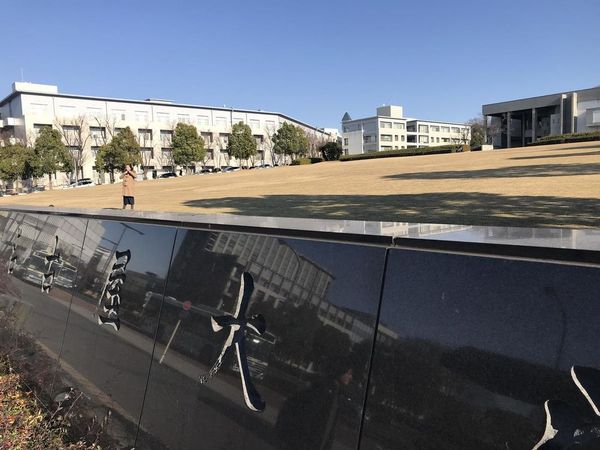The Times Higher Education (THE) World University Rankings are attracting attention. With the release of the THE 2017-2018 rankings last fall, the University of Tokyo, Japan's top university, dropped from 39th to 46th place and headlines lamenting the "worst ever" rankings were splashed across Japanese newspapers. Ten years ago the university ranked 17th worldwide and the top in Asia, but this year it was stuck at sixth place in Asia. The top five positions were taken by universities in Singapore, China, and Hong Kong. Within Japan, Kyoto University ranked next in the world rankings, rising from 91st to 74th place, followed by Osaka University and Tohoku University (both in the 201-250 cohort), the Tokyo Institute of Technology (251-300), and Nagoya University (301-350). Incidentally, ten years ago Nagoya University was sixth in Japan as it still is today, but 112th worldwide. For Japanese universities, these latest rankings were disappointing.
Looking at data on the number of papers published and citations, however, we see that Japanese research activity peaked in 1997 and its international share has dropped ever since. Even voices from overseas have pointed out the decline in public funding for Japanese universities, and they are lagging in terms of internationalization behind not only Western universities but also other Asian universities as well. Considering this situation, perhaps it is not so surprising that Japanese university rankings have declined.
How should these results be interpreted? And ultimately, what are university rankings anyway?

Nagoya University aims to be one of the world's leading research universities.
First published in 2004 the THE rankings are seen as the most influential. There are two more in the "big three" of international university rankings. One is the World University Rankings by Quacquarelli Symonds (QS) from the UK as well and started the same year, and the other is the Academic Ranking of World Universities (ARWU), launched a year earlier, in 2003, by Shanghai Jiao Tong University. Over the past ten years, these rankings have been covered by mainstream print media and become a subject of discussion in Japan.
Rankings like these attract many voices of criticism and doubt. In " World University Rankings and the Hegemonic Restructuring of Knowledge" (Kyoto University Press), Professor Mayumi Ishikawa of Osaka University points out that these systems, which attempt to quantify and uniformly rank the highly diverse universities of the world using the same measure, "have been criticized for having no meaningful value in suitability and accuracy." She also argues that attempts to "uniformly rank universities using over-simplified indicators cause especially big problems for non-English-speaking countries like Japan."
In his book "A Warning from Oxford" Professor Takehiko Kariya of University of Oxford writes, "We cannot deny the view that Japan has been completely caught up in the marketing strategies of English-speaking countries." He points out that it is the number of Chinese students studying abroad which has been growing rapidly since about the year 2000, even though we refer to this as "the globalization of education". The UK government has made it a top priority policy to attract students from China as a means of bringing in foreign money. University rankings emerged in that context, and the top US and UK schools edged in to claim the top of the list. He strongly warns about the dangers of discussing policy without properly understanding the true nature of the rankings. In 2013 the Japanese government declared a policy target of having at least ten Japanese universities in the top 100 within ten years as part of the national growth strategy, and this is a perfect example of what he was warning about......>>read more on the Meidai Watch
 |
Atsuko Tsuji: Earned B.A. in Arts, College of Arts and Sciences, the University of Tokyo in 1976. Joined The Asahi Shimbun Company in 1979 as a journalist and wrote many articles in science and technology area for newspaper and magazines published by the company including editorial pieces. Knight Science Journalism Fellow at Massachusetts Institute of Technology in 1989 and Reuters Fellow at University of Oxford in 2014. Designated Professor of Nagoya University's Institute of International Education and Exchange since October 2016.
|